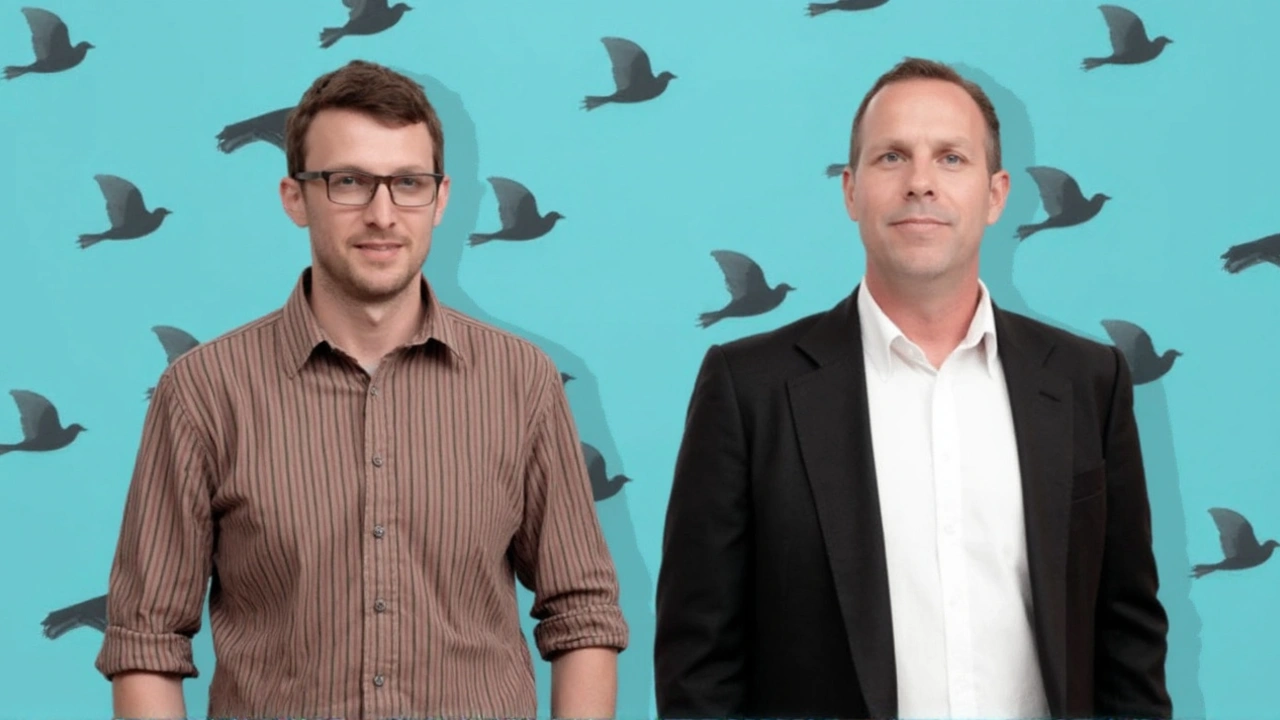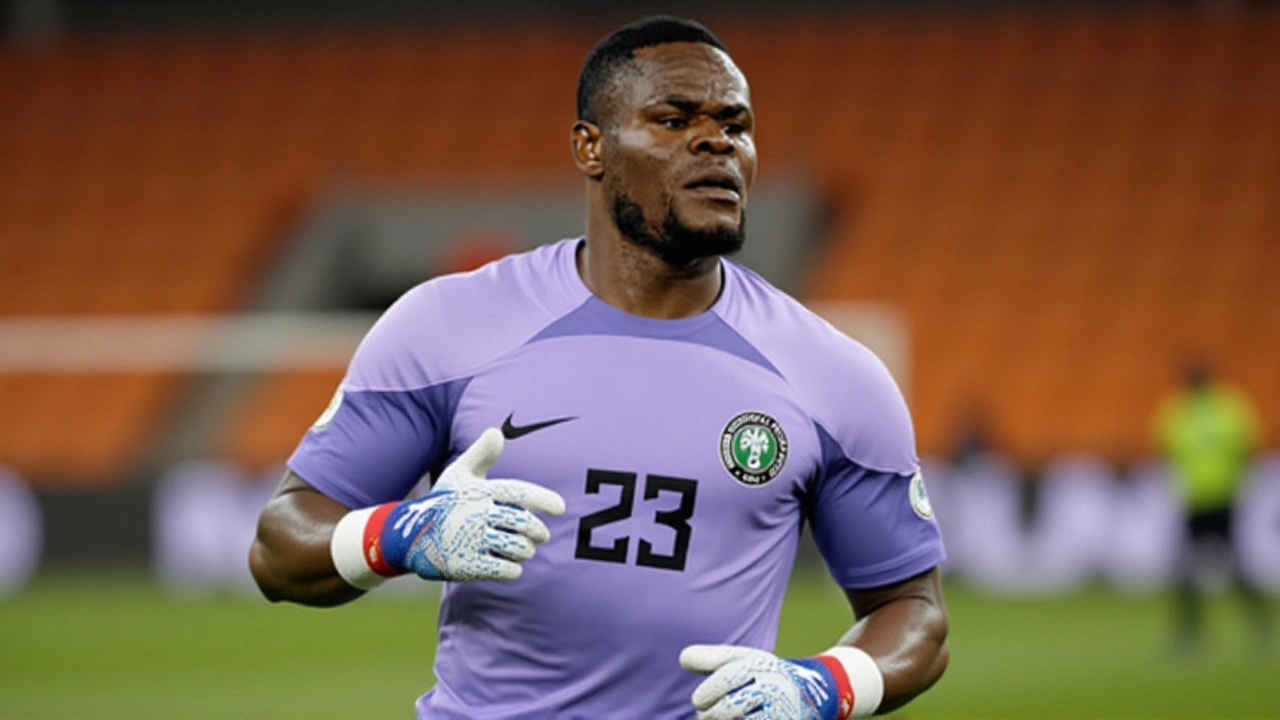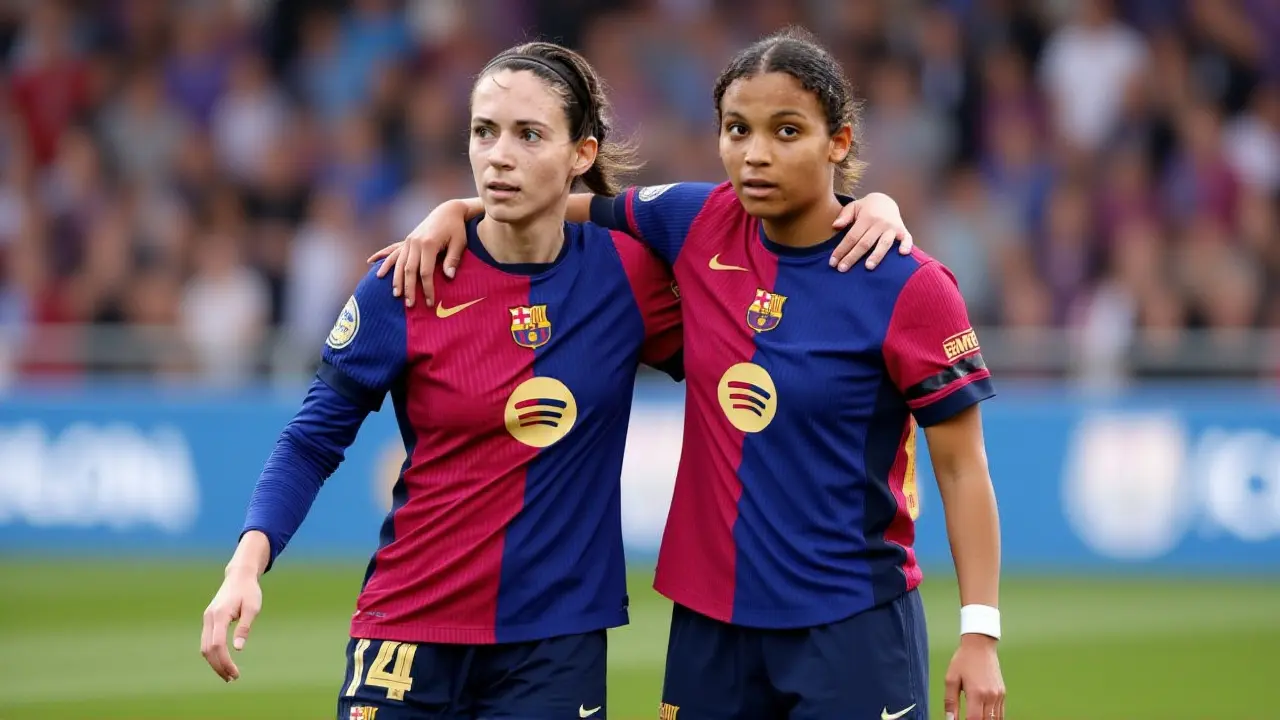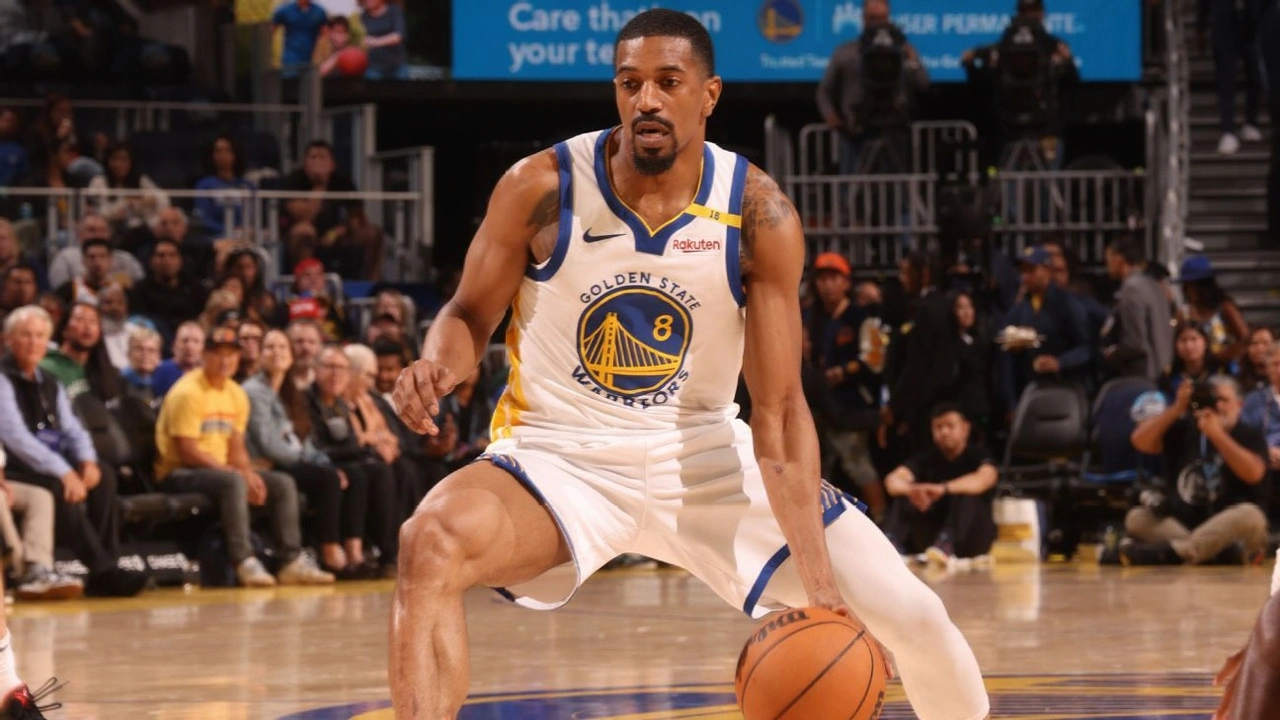Social Media Evolution: From Simple Posts to Global Communities
When you think about how we chat online today, it’s easy to forget that the first social sites were basic forums and tiny blogs. Those early spaces let people share text, pictures, and links, but they didn’t have the algorithms that decide what you see next. Over the last two decades, every new platform has added a layer of tech that makes interaction faster, more visual, and more personal. If you want to understand why your feed looks the way it does, you need to walk through the key milestones.
From Forums to Facebook: The First Big Shift
In the late 1990s, sites like LiveJournal and MySpace gave users a place to upload a profile picture and write a diary entry. The appeal was simple: a personal space on the web. As internet speeds improved, Facebook entered the scene in 2004 and turned that personal space into a network of real‑world friends. The big change was the “friend” model, which let you see what people you actually knew were doing. Facebook also introduced the News Feed in 2006, a moving stream of updates that used basic algorithms to show the most recent posts first. That move set the stage for everything that follows – the idea that a platform should decide what’s most relevant for you.
Twitter arrived in 2006 and flipped the script again. Instead of long posts, it gave you 140 characters (now 280) to share thoughts, links, or news. The fast‑pace format made it a favorite for breaking news, celebrity gossip, and political commentary. Hashtags, introduced in 2007, turned the platform into a searchable index of topics, letting users jump into conversations they didn’t follow before.
The Rise of Short‑Form Video: TikTok, Reels, and Shorts
Video was always part of the story – YouTube launched in 2005 and made long‑form videos mainstream. But the real game‑changer came with short‑form video apps like Vine (6‑second loops) and later TikTok, which exploded in 2018. TikTok’s algorithm learns what you like within seconds, serving an endless stream of clips that match your interests. Instagram copied the idea with Reels, and YouTube added Shorts. The result? A wave of creators who can go viral with a 15‑second dance, a cooking tip, or a quick joke, without needing expensive equipment.
These platforms also shifted how brands market themselves. Instead of pushing a static ad, they create challenges, user‑generated content, and behind‑the‑scenes clips that feel more authentic. That authenticity is the new currency on social media – users trust peer‑made videos more than polished commercials.
Today, social media is a mix of text, images, live streams, and short videos, all nudged by AI that learns your habits. Features like disappearing stories, AR filters, and shopping tags keep the experience fresh. What started as simple pages for sharing updates has become a full‑time ecosystem where news breaks, friendships form, and businesses sell.
If you’re wondering where the next big change will come from, watch the rise of audio‑first platforms like Clubhouse and the integration of e‑commerce directly into feeds. The core idea stays the same: make it easier for people to share, discover, and interact. Understanding the past steps helps you spot the next trend before it becomes the norm.
Twitter's Transformation into X: Elon Musk's Bold Moves and Their Impact
Elon Musk's $44 billion acquisition turned Twitter into X, a private platform with X Corp. under X Holdings Corp. Big shifts included layoffs, paid verification, and reviving controversial accounts like Donald Trump’s. Despite efforts for growth, the platform faces usage declines amid concerns of misinformation and hate speech.




